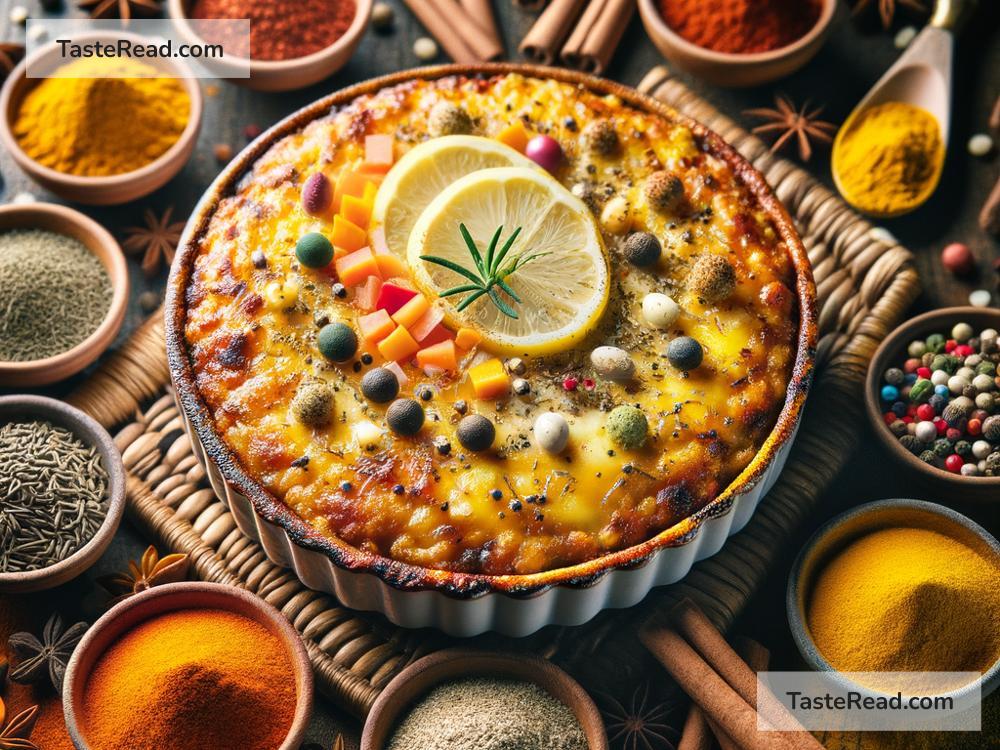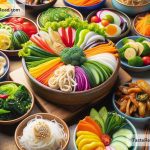South African cuisine is a vibrant tapestry woven from a rich history and a diverse blend of cultures. Nestled at the tip of Africa, South Africa has been a melting pot of flavors, traditions, and cooking techniques that have mingled over centuries. This unique culinary landscape is not just about food; it’s a story of migration, colonization, and the blending of cultures from around the globe.
A Historical Melting Pot
The story of South African cuisine begins with its indigenous peoples, including the Khoisan and Bantu-speaking communities, who introduced the world to ingredients like biltong (dried, cured meat) and pap (maize porridge), staples that remain popular today. The rich coastline provided an abundance of seafood, complementing the diet of those who thrived off the land.
In the 17th century, the arrival of European settlers, particularly the Dutch, marked the beginning of a new chapter in the South African culinary narrative. The Dutch East India Company established a supply station at the Cape of Good Hope, which became a crucial stopover for ships traveling between Europe and the East. This led to the influx of flavors from Europe, as well as from Indonesia and Malaysia, with settlers and slaves bringing with them their culinary traditions.
A Fusion of Flavors
The blend of European, Asian, and African influences gave rise to what is known today as Cape Malay cuisine, a delicious fusion characterized by rich, spicy curries, and traditional sweets like koeksisters (deep-fried dough dipped in syrup) and malva pudding. Dutch settlers contributed dishes like potjiekos (a slow-cooked stew made in a cast-iron pot) and boerewors (a type of sausage), which have become synonymous with South African cuisine.
The British colonial rule introduced its own set of influences, including tea drinking traditions and the ubiquitous fish and chips. Indian laborers brought to work in the sugar cane plantations of Natal in the 19th century introduced curries, chutneys, and a variety of pickled foods that added another layer of complexity to the country’s cuisine.
Local Innovations and Modern Flavors
One cannot talk about South African cuisine without mentioning the braai, akin to barbecue in other cultures but deeply ingrained in the South African way of life. The braai is a social event where friends and family gather around open flames to grill meats and share stories, a tradition that transcends cultural boundaries within the country.
Indigenous ingredients like amarula, a fruit used to make a creamy liqueur, and marula, a nut used in cooking and to brew beer, highlight the country’s rich biodiversity and how it contributes to its culinary practices. The modern South African kitchen continues to innovate, merging traditional techniques with global trends and placing a strong emphasis on sustainability and locally sourced ingredients.
Unity in Diversity
What makes South African cuisine truly remarkable is its ability to tell the story of the country’s history, culture, and diversity through food. Each dish represents a piece of a larger mosaic, a blend of many cultures and flavors that have come together to create something unique. From the aromatic spices of Cape Malay cooking to the hearty meats of a braai and the refreshing tang of chakalaka (a vegetable relish), each bite is a journey through time and space.
In a country marked by its complex history and diverse population, food acts as a unifier, bringing people together to share in the joys of eating and cooking. Whether it’s enjoying a bunny chow (a hollowed-out loaf of bread filled with curry) in Durban, savoring a biltong in Johannesburg, or indulging in a milk tart in Cape Town, to embark on a culinary adventure in South Africa is to experience the essence of its melting pot culture.
A Global Inspiration
South African cuisine has started to make its mark on the global culinary scene, with chefs and food enthusiasts around the world drawing inspiration from its rich palette of flavors. Its story of cultural blending and experimentation resonates in a world that increasingly values diversity and the cross-pollination of ideas.
In conclusion, South African cuisine stands as a testament to the country’s history of colonization, migration, and cultural exchange. It is a vivid reminder of how food can bring people together, bridging differences and celebrating commonalities. The country’s culinary landscape continues to evolve, embracing new influences while staying rooted in its diverse heritage, a blend of many cultures and flavors that makes it uniquely South African.


